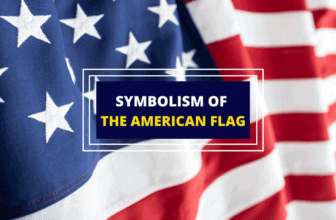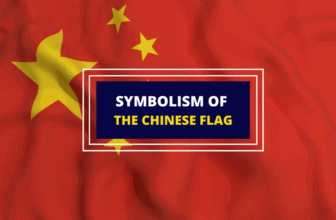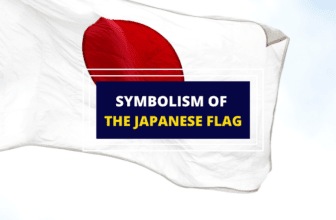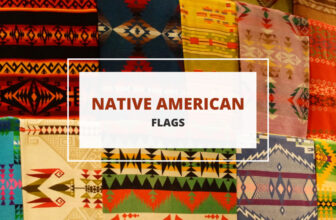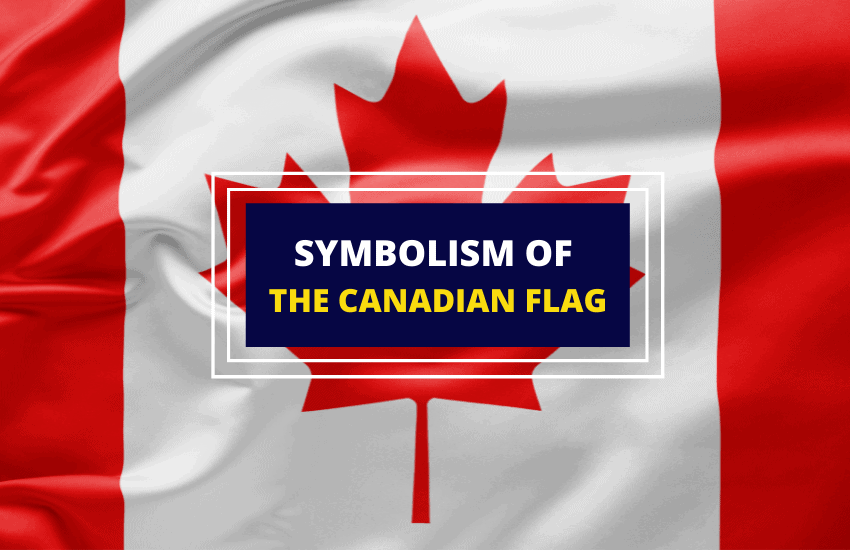
Table of Contents
The Canadian Flag, also called the Maple Leaf Flag, has a rich and interesting history. Its distinct design consists of a red background with a white square at its center, on which is superimposed a red, 11-pointed maple leaf. After a controversial debate in the House of Commons and the Senate, the present design of the Canadian flag became official on February 15, 1965.
What does Canada’s flag symbolize and how has its flag evolved over the years? Read on to learn how the Canadian Flag came to be.
The Meaning of Canada’s Flag
George Stanley, the man behind the winning Canadian flag design, drew inspiration from the flag of the Royal Military College of Canada, which featured elements that found their way into the current Canadian flag. These included the colors red and white, and three maple leaves.
Like Duguid, he believed that white and red were Canada’s national colors. He also liked the idea of having a distinctive maple leaf as it symbolizes unity and the Canadian identity.
Stanley felt that the Canadian Red Ensign, which was being used at the time as Canada’s flag, was too complicated and hard to identify and argued that having a simple and traditional symbol would be better.

But why did Stanley pick the maple leaf as the Canadian flag’s main symbol?
It was mainly because the maple tree has long been used in Canada’s history. It emerged in the 19th Century as a sign of Canadian identity, and became a mainstay in popular culture – songs, books, banners, and more. The maple leaf was adopted as a symbol of Canadian identity.
In World War I, the maple leaf was used as a cap badge that the Canadian Expeditionary Force wore. Since then, it has become Canada’s most recognized emblem. This single maple leaf was carved on the headstones of Canadian veterans who gave their lives in wars. This has turned the maple leaf into a symbol of courage, loyalty, and pride.
Stanley was right. The minimalist design of the Canadian flag made it stand out and was easy to remember. Like the Japanese flag, it only features one symbol and two colors (coincidentally, the same colors as those of the Japanese flag), but it’s this simplicity that makes it a powerful symbol of Canada and the Canadian people.
History of the Canadian Flag
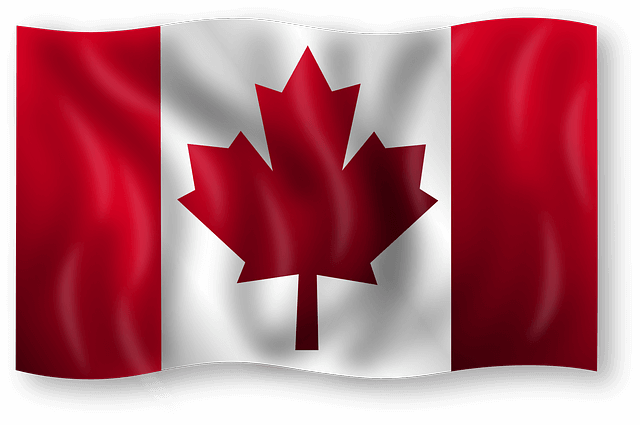
During the time of New France, two different flags were considered national flags during the time of New France.
- The first was France’s banner, a square flag with a blue background that had three golden fleur-de-lis. In the early years of the colony, the flag was flown in battlefields and at fortifications. It is believed to have flown above the house of Samuel de Champlain in 1608 and the accommodations of Pierre Du Gua de Monts at Île Sainte-Croix in 1604.
- The Red Ensign, the official flag of the British Merchant Marine, was the second official flag. It was flown in canoes and at forts of fur companies. There are many versions of this flag, but the consistent features are the Union Jack on the top left corner, against a red background, with various coats of arms depicted on the right The North West Company added the letters N.W.Co., while the Hudson’s Bay Company added the letters HBC to the flag. Known as the Royal Union Flag, this was also used in company forts. Both flags were hoisted in military forts. In 1870, Canada started using the Red Ensign as its flag until the official flag was adopted.
The Road to a National Flag
In 1925, the government first attempted to give Canada its national flag. Prime Minister William Lyon MacKenzie King started a committee to settle this matter, but he had to back down when people questioned any attempts to change the Royal Union Flag. In 1945, he enlisted the help of the House of Commons and the Senate, but there was still strong support for the Union Jack.
With over 2,400 submissions from the public, the committee presented its report, King had to shelve the idea as there was no consensus among them.
The flag was eventually changed by A. Fortescue Duguid, the director of the Canadian Army’s Historical Section. He had a strong opinion on what elements should appear in Canada’s flag – red and white, which were considered the country’s national colors, and an emblem of three maple leaves with one stem.
Canada’s Flag Debate
The Great Canadian flag debate took place between 1963 to 1964 and refers to the debate over choosing a new flag for Canada.
Artist Alan B. Beddoe created the first Canadian flag design, featuring a sprig of three maple leaves on a white background, with two vertical blue bars on the left and right sides of the flag. He was trying to depict the message Canada from Sea to Sea.
Prime Minister Lester B. Pearson proposed the plans for the new flag, but while everyone agreed that Canada needed a flag, there was no consensus on what its design should be. Some members of the parliament insisted that the flag should depict the Union Jack to honor their ties with the British. Pearson was against this though and wanted a design that did not have any colonial association.
When Pearson’s preferred design was vetoed, he formed another committee in September 1964, and gave them six weeks to choose the final design. The great debate ensued, with over 35 meetings held to review thousands of suggestions from the public.
After weeks of debate, three flags remained in the committee’s sight – a flag was similar to the Union Jack, the Pearson Pennant, and today’s Canadian flag but with a differently designed maple leaf. The final vote then came between the single-leaf flag and the Pearson Pennant.
In October 1964, the result turned out to be unanimous: 14-0 for George Stanley’s single-leaf flag. After another six weeks of debate in the House, the committee’s recommendation was finally accepted with a vote of 163 to 78. It was approved by the Senate on December 17, and Queen Elizabeth II signed the royal proclamation on January 28, 1965. Months of hard work had finally led to the flag’s official inauguration on February 15, 1965 at Parliament Hill.
Wrapping Up
The long political and intellectual journey to settle on Canada’s national flag might seem too much. If you think about the amount of time and effort that went into finalizing their flag, you might even think that they were overdoing it. But getting consensus on something as important as a flag that would represent your country is key to shaping your national identity and encouraging patriotism. And in the end, Canada settled on the perfect design and symbolism for their flag.




